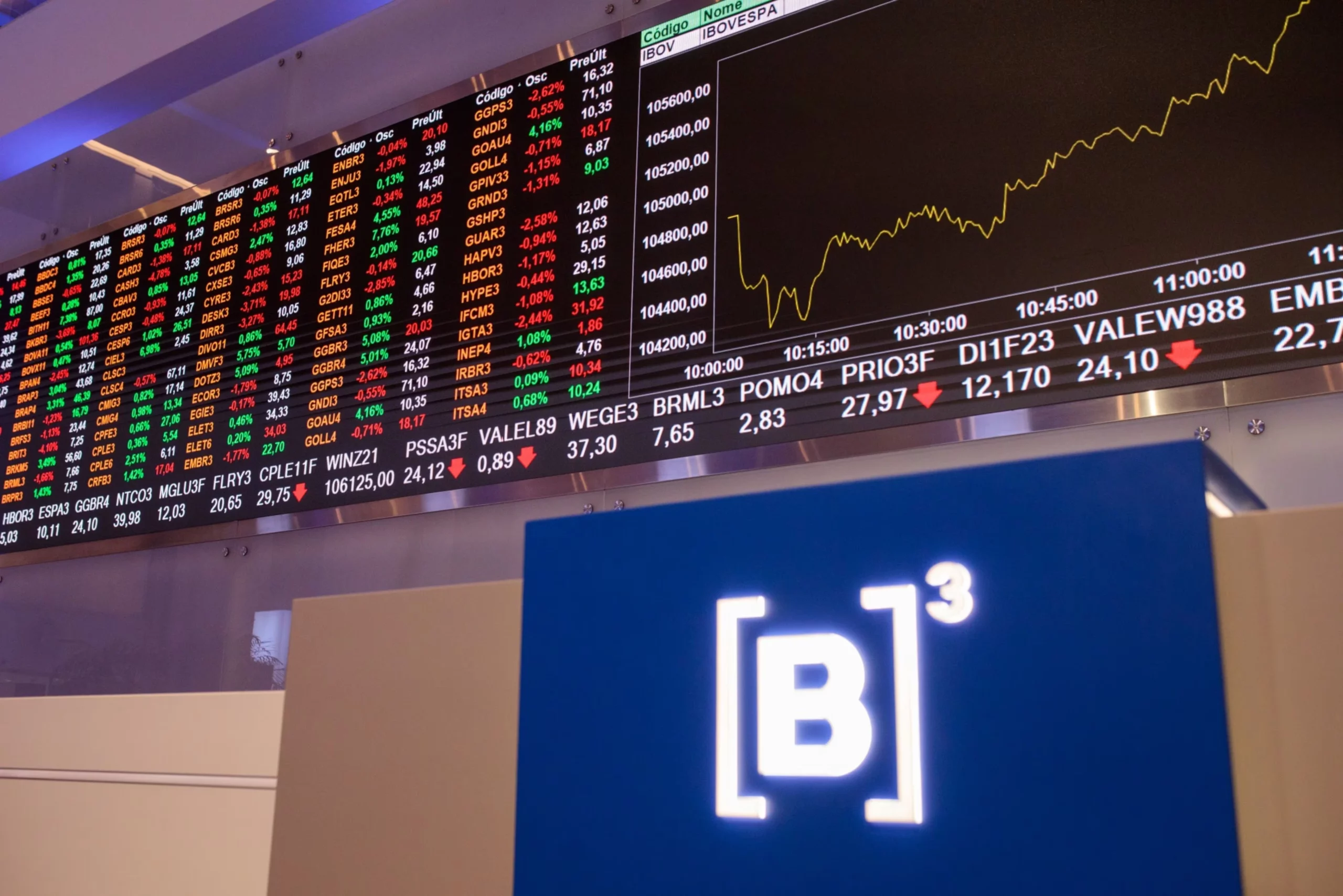Today, financial observers are closely monitoring two key developments: the rising dollar and the release of February’s economic activity index.
The dollar’s journey saw it ascend to R$ 5.18 by Monday. By Tuesday, it increased by 1.64%, closing at R$ 5.2697.
As the day progresses, further shifts are anticipated, with experts shedding light on this rise.
Attention is also drawn to the IBC-Br, an economic activity index from the Central Bank that gauges potential GDP growth in Brazil.

Recent adjustments from the Focus Bulletin have nudged the 2024 GDP growth forecast from 1.90% to 1.95%, with predictions holding steady at 2% for the following two years.
An international focus in today’s discussions is the release of the Beige Book in the United States, a key indicator of economic conditions.
The Brazzilian stock market responded negatively to the rise of the dollar, with a close down by 0.75% at 124,399 points on Tuesday.
U.S. stock exchanges showed mixed results following Federal Reserve Chairman Jerome Powell’s indication that high interest rates might persist.
These comments influenced the markets amidst a backdrop of corporate earnings and geopolitical tensions.
Wednesday’s Morning Call: Evaluating Economic Activity and Dollar Trends
Significant developments include a 6.1% increase in Vale’s iron ore production in Q1 2024 over the previous year.
Mercado Libre has announced a massive investment of $4 billion in Brazil for 2024. Additionally, China’s GDP growth for Q1 2024 surpassed expectations.
The Dow Jones increased slightly by 0.17% to 37,798.97 points; however, the S&P 500 dropped by 0.21% to 5,051.41 points, and the Nasdaq decreased by 0.12% to 15,865.25 points.
The VIX, a measure of market volatility, decreased by 4.32% to 18.40 points, reflecting a decrease in market anxiety since its last peak in October.

